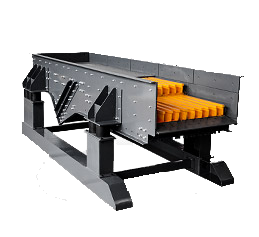The basic principle of a ball mill revolves around impact and attrition as the primary mechanisms for grinding materials. Here’s a simplified breakdown:
1. Working Principle:
– A ball mill consists of a rotating cylindrical shell (partially filled with grinding media, typically steel or ceramic balls).
– As the cylinder rotates, the balls are lifted to a certain height by centrifugal force and then cascade or drop back down, striking the material to be ground.
– The impact (from falling balls) and attrition (friction between particles and balls) break down the material into finer particles.
2. Key Components:
– Rotating Drum: Holds the grinding media and material.
– Grinding Media (Balls): Usually made of steel, ceramic, or other hard materials.
– Feed & Discharge: Material is fed in at one end and discharged at the other after sufficient grinding.
 3. Critical Speed:
3. Critical Speed:
– The mill must operate at an optimal rotational speed (critical speed), where balls are carried almost to the top before falling.
– Too slow → Balls roll without significant impact.
– Too fast → Centrifugal force prevents cascading, reducing grinding efficiency.
4. Factors Affecting Performance:
– Ball size & material (hardness, density).
– Mill speed (usually 65–75% of critical speed).
– Filling ratio (volume of balls vs. mill capacity).
– Material feed size & properties.
5. Applications:
– Widely used in mining, ceramics, cement, paints, and pharmaceuticals for fine grinding or blending.
Equation for Critical Speed (Nc):
\[
N_c = \frac{1}{2\pi} \sqrt{\frac{g}{R-r}}
\]
Where:
– \(N_c\) = Critical speed (revolutions per second),
– \(g\) = Acceleration due to gravity (9 m/s²),
m/s²),
– \(R\) = Mill radius,
– \(r\) = Ball radius.
Summary:
A ball mill efficiently grinds materials by combining impact (from falling balls) and attrition (friction between particles). Proper speed and ball selection are crucial for optimal performance.
Would you like details on specific types (e.g., planetary ball mills) or applications?





Leave a Reply